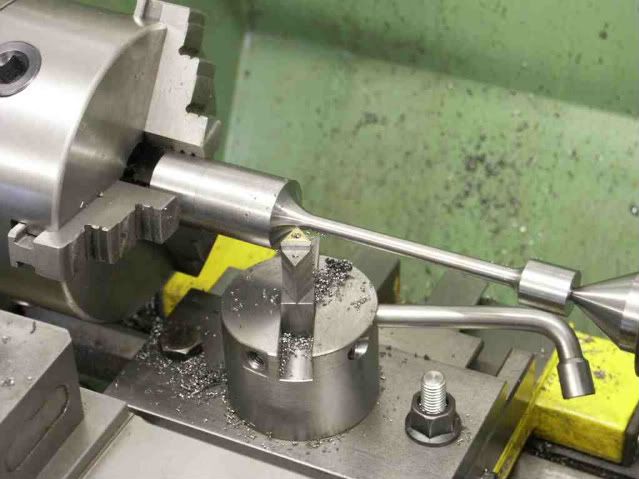Fish Bellied Con Rod
Fish Bellied Con Rod
- This topic has 4 replies, 4 voices, and was last updated 6 November 2012 at 23:01 by
Harold Hall 1.
Viewing 5 posts - 1 through 5 (of 5 total)
Viewing 5 posts - 1 through 5 (of 5 total)
- Please log in to reply to this topic. Registering is free and easy using the links on the menu at the top of this page.
Latest Replies
Viewing 25 topics - 1 through 25 (of 25 total)
-
- Topic
- Voices
- Last Post
Viewing 25 topics - 1 through 25 (of 25 total)








